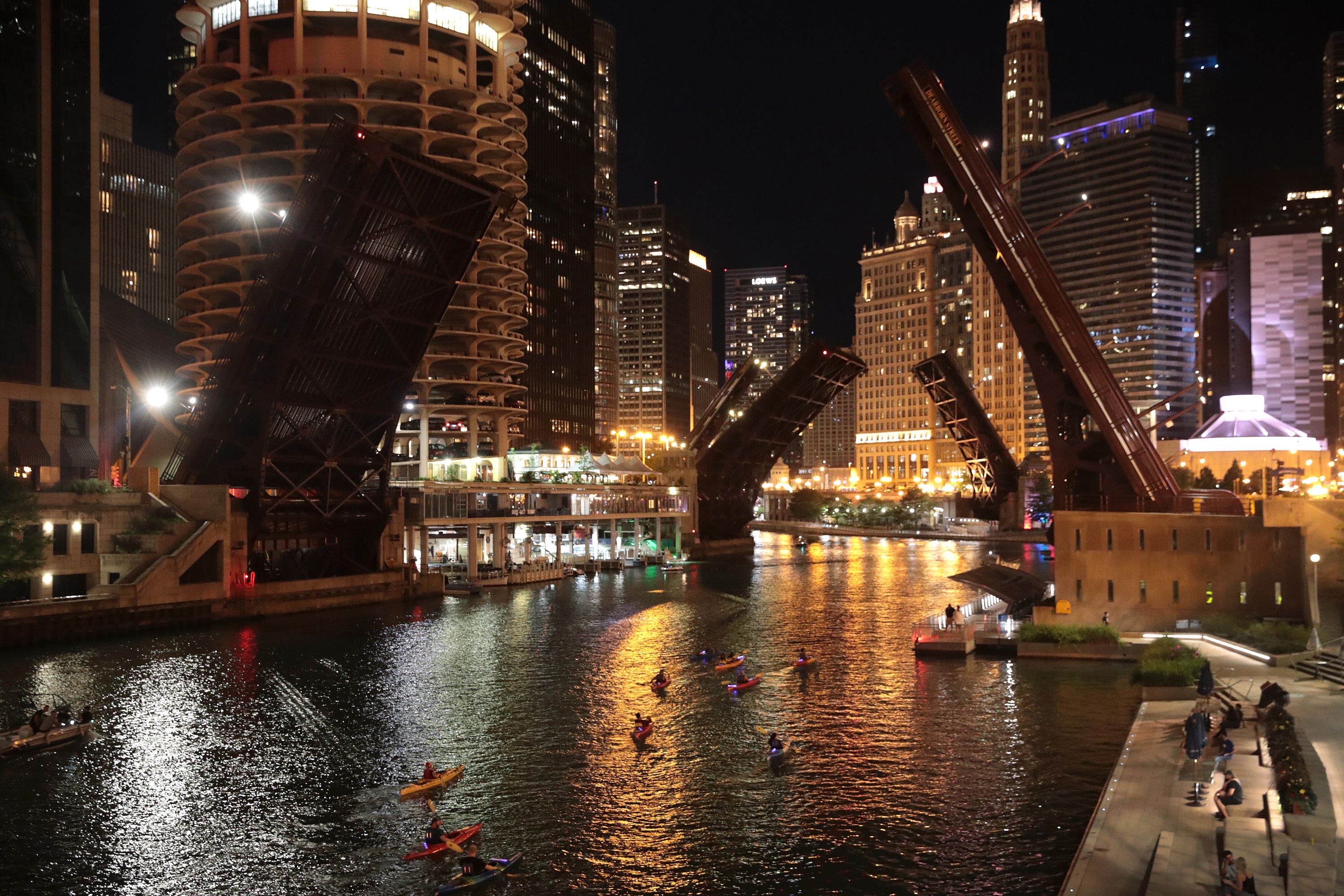Red-lined homes are at greater risk from climate crisis, study finds
Consequences of the racist 1930s housing policy are still impacting neighbourhoods today in the era of climate change

People who live in neighbourhoods condemned to under-investment by the discriminatory, federally backed 1930s housing policy known as “red-lining” are at a much greater risk of climate crisis-related damage, according to a new report from real estate brokerage firm Redfin.
One hundred and seven billion-worth of homes in these neighbourhoods across 38 major metropolitan areas are at risk, where a disproportionate number of people of colour live, compared with $85 billion-worth in other areas.
“Decades of segregation and economic inequality shoehorned many people of colour – especially Black Americans – into living in neighbourhoods that are more vulnerable to climate change,” Redfin Senior Economist Sheharyar Bokhari says in the report, which was released on Sunday. “Redlining kept home values in Black neighbourhoods depressed, which in turn meant there was less money invested and reinvested in those neighbourhoods for decades to come.”
That inequality makes these zones extra vulnerable to climate change, as under-funded infrastructure and discriminatory planning exposes residents to the worst effects of sea-level rise and increasing extreme weather events like hurricanes and floods.
During the 1930s, the federally sponsored Home Owners’ Loan Corporation graded neighbourhoods on their “mortgage security” and almost labelled neighbourhoods with high numbers of people of colour as “declining” or “hazardous”, designations that other federal agencies like the Federal Housing Administration and Veterans Administrations later used to apportion federal housing programmes. The process was often explicitly racist, with one FHA manual describing how "incompatible racial groups should not be permitted to live in the same communities".
Read more:
As a result, the people in these neighbourhoods couldn’t build the same kind of intergenerational wealth as their white peers through their homes, and the Redfin study suggests the consequences of this inequality persists.
They examined data from 38 major metropolitan areas, and found that in many of them formerly red-lined areas were at higher risk. The biggest disparities were in Sacramento, where 21.6 per cent of homes in formerly condemned areas were at high flooding risk, compared to just 11.8 per cent in areas deemed acceptable under red-lining maps, and New York, where the split was 13.8 per cent to 7.1 per cent.
Redfin also uncovered what it believes are severe underestimates in the flood risk in Chicago, where it argues 13 per cent of properties in the city could be impacted in a 100-year flood, compared to federal estimates, which place that figure at a fraction of one per cent.
And if these disasters do come, federal flood protection and disaster assistance goes disproportionately to people with high property values, compounding the inequality even further.
Some places like Florida, home to plentiful luxury waterfront property, bucked the trend, with neighbourhoods previously graded as the most desirable often facing more climate risk.
Remedying this problem, which is known as environmental racism, will grow more urgent as the climate crisis worsens.
The recent freak winter storms in Texas, for example, hit Black and Hispanic communities particularly hard, since they live in neighbourhoods with older homes and ageing infrastructure.
As a candidate, Joe Biden called for a $2 trillion investment in US infrastructure, placing a premium on environmental justice.
Subscribe to Independent Premium to bookmark this article
Want to bookmark your favourite articles and stories to read or reference later? Start your Independent Premium subscription today.

Join our commenting forum
Join thought-provoking conversations, follow other Independent readers and see their replies